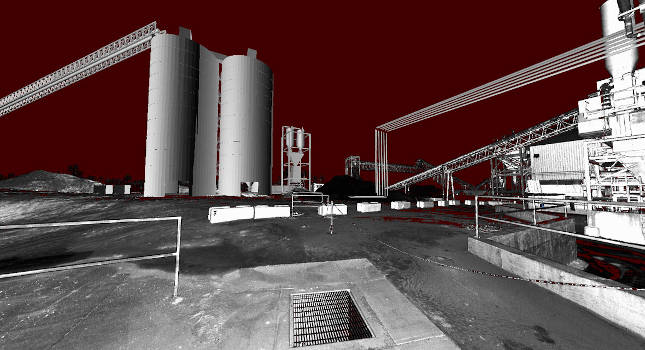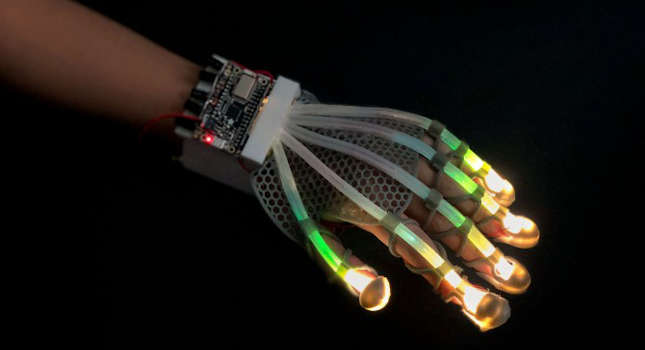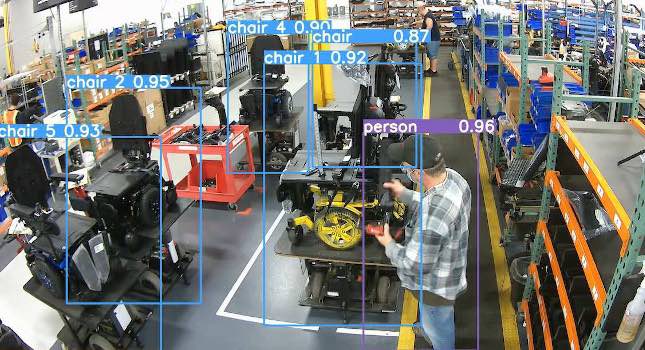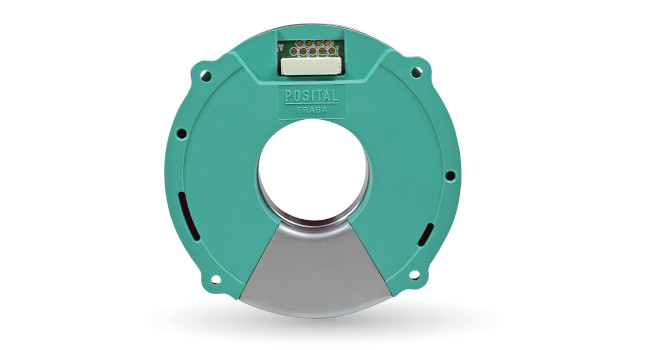Robots have improved productivity in manufacturing for decades. While motion control concepts have not changed significantly, applications have. Even the use of vision to assist robots and other motion control solutions such as pick-and-place and automated inspection has been around for a while. Recent innovations allow robots to experience touch and control applied force.
Robots have improved productivity in manufacturing for decades. While motion control concepts have not changed significantly, applications have. Even the use of vision to assist robots and other motion control solutions such as pick-and-place and automated inspection has been around for a while. Recent innovations allow robots to experience touch and control applied force. Known as tactile feedback or force sensing, these technologies allow robots to advance beyond routine applications.
Force sensing is accomplished in at least two ways. One way is to sense servo current. As applied force increases, so does servo current. Current sensing allows force to be managed through closed-loop control. The application dictates how much force is adequate and how much is too much. The setpoint allows the closed-loop control to apply just enough force to accomplish the task with servo-current sensing as the feedback to the control loop.
Another method is the use of strain gauges or load cells. While servo-current sensing is adequate for most manufacturing applications, strain-gauge sensing is more precise — and more expensive — and can be found in laboratory and medical applications. As the cost of technology decreases, expect more strain-gauge and load-cell sensing solutions to appear in precision manufacturing applications.
Developed by ABB Austria, force control has been implemented in automotive and general industry factories. Force control technology allows robots to “feel” the part to be manipulated, thereby minimizing the risk of damage. This added robotic sensing ability improves process quality by reducing — or in some cases eliminating — damage to parts, while maintaining process consistency. Force control also resolves many ergonomic issues, while creating a safer working environment.
Feedback from force, torque and position sensors allow calculation of the robot path with six degrees of freedom. Historically, the robotic alternative was to use position control, which uses a fixed path and speed. This approach provides no means of controlling contact force. Not having the ability to sense force opens the door for potential part damage, assembly failure and tool failure. Force control removes these obstacles with the capability of adaptive path and speed, which allows contact force to be closely controlled.
Force sensing in pulp and paper
Force control technology was implemented into a pulp and paper application that was developed in cooperation with Mapleroc of Portland, ME, a subsidiary of E.A. Morrison. Mapleroc decided to replace its original manually-operated finishing center with a robot with force control. Its main function is polishing both sides of re-sized paper rolls with predetermined force to ensure smooth and consistent surfaces. To avoid microwelds created by the excessive friction produced by worn-out sanding disks, a temperature sensor is also used to monitor the temperature of the roll’s surface and, if necessary, trigger termination of the process and the replacement of the sanding disk.
A resized paper roll enters the cell through a muting light curtain and positions itself on a conveyor. The robot polishes one side of the roll, and then the conveyor activates and relocates the roll to enable access to the opposite side of the roll. The robot polishes the other side of the roll. Finally, the RollRazor system’s supervisor manually ejects the finished roll.
The turnkey robotic system is seamlessly integrated with Mapleroc’s Roll Razor machine. The benefits of this system include the ability to accommodate varying roll sizes, a high reliability factor (MTBF of 55,000 hours for the robot), high equipment availability and the success of having a completely automated and consistent paper roll finishing process.
Beyond pulp and paper
Applicability beyond pulp and paper roll polishing crosses many discrete industries. Applications for robotic force sensing capabilities include polishing, sanding, de-flashing and de-burring operations for paper, plastic and metallic materials.
For example, improved automated grinding and finishing of castings are now possible through a force control machining solution that features at least two advanced software features.
The first allows robots to grind, polish or buff castings while maintaining a constant pressure between the tool and the work surface. The second enables a robot to de-burr or de-flash surfaces of castings at a consistent speed, slowing down when encountering excessive burr.
The addition of force control to robotics in machining applications removes a bottleneck and greatly increases process efficiency. This capability allows manufacturers to save time, raise overall consistency and boost product quality, which lifts one of the last barriers to productivity improvement in this sector.
Adapted from ABB Inc.
This turnkey robotic system polishes surfaces of re-sized paper rolls at the Mapleroc’s Roll Razor roll converting center. The system features the ability to sense forces and roll surface temperatures during the polishing process to ensure uniform sanding pressure and surface temperature to prevent microwelds between layers.



